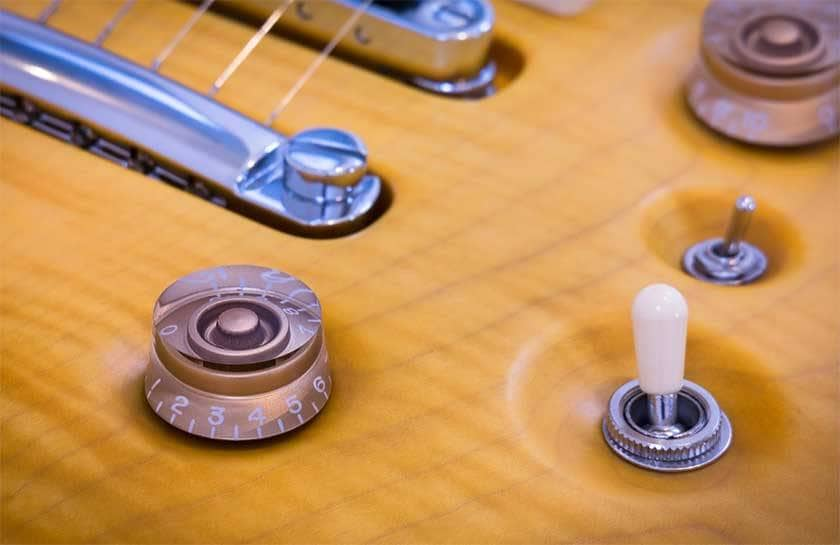
Hello, it’s Kaoru the composer here!
This time, I would like to talk about the volume/tone pots that are always installed in electric guitars.
This electronic part is called a variable resistor used for volume and tone.
The full name is called a potentiometer, so it’s called a “pot” for short.
Most of you have probably seen them before, as they are not only used in electric guitars, but also in amps, effects pedals, and many other types of equipment.
The pot is a delicate part that deteriorates rapidly. Even if you aren’t playing the guitar, it will deteriorate over time and cause it to start popping or cracking.
If it starts making a cracking noise, it needs to be replaced.
In other words, they are what’s considered to be “consumable parts”.
So, let's take a look at the pot in more detail!
I will explain a little more about pots!
■ How to replace pots
Although it may seem quite difficult for beginners, the replacement itself is quite easy.
Of course, it is possible to take it to a music shop and have it replaced, but it is much easier to do it yourself.
The following is an easy-to-understand explanation of how to do it.
【What you will need】
- Soldering iron
- Solder
- Screwdriver
- Wrench
- Pot
【Procedure】
First, remove the parts on which the pots are mounted.
In the case of Stratocaster, remove the pickguard.
For a Telecaster, remove the control panel.
For Les Paul, you can access it from the back of the body
*It is a good idea to take a picture/video with your phone just in case!
Next, remove the old pot by disconnecting the wires connected to the pot with a soldering iron.
Then simply install the new pot and wire it in the same way!
Now install the pickguard, etc. as you did before, and that's it. Once you get used to it, you should be able to do it in about 20 minutes!
■ Pot resistance
There are different “resistance values” for pots. The sound changes depending on the resistance value, which I will explain below.
○ 250kΩ
Basically, the 250kΩ is often used for Stratocaster.
The lower the resistance value of the pot, the more high frequency can be suppressed, so the low 250kΩ pot is used for single coil pickups which have a strong high frequency.
○ 500kΩ
Basically, this one is often used for Les Pauls.
Humbucker pickups tend to sound muffled due to their powerful nature.
Therefore, a 500kΩ pot is used to obtain a sound in which the low frequencies are cut and the high frequencies are emphasized.
○ 300kΩ
Often used for the P-90 in the Gibson type.
The P-90 stands between a humbucker and a single coil, so the resistance value is also in the middle.
If you want a little more bounce, you can change the resistance to 500kΩ!
This is a matter of personal preference, so it is good to enjoy the change.
Just by slightly changing the resistance value, you may get closer to the sound you are looking for, so it’s important to experiment with various combinations.
The pot itself is not very expensive, so it is easy to experiment with!
Keep in mind that a lower resistance value will make the sound warmer and a higher resistance value will make it more treble, making it easier to make a choice!
■ What is a curve?
This section explains the difference between “A Curve” and “B Curve” as described on the Sound House product page.
Curve refers to the amount that changes when the knob is turned.
- A Curve→The amount of change is gradual at first, and then increases dramatically from a certain point.
- B Curve→The amount of change is constant and regular from beginning to end.
The curve is then called the “A curve”.
Generally, the A curve is recommended for volume pots and the B curve for tone pots.
Of course, you can change it according to your own preference!
As for this, it depends on your playing style and genre, so you may want to experiment with it.
Here are some recommended products available at Sound House!
FERNANDES / SI-1500 Soldering Iron
This is always necessary for soldering and removal.
Recently, there are more and more products like self-made kits, so it is a good idea to have one ready!
In addition to a soldering iron, solder and sandpaper are also included!
You can find them at home improvement stores, but I recommend you to buy them through Sound House because they are cheaper!
This stand allows the soldering iron to be placed safely without releasing heat.
It is easy to use as it can be adjusted to your preferred angle.
This is an essential item if you want to work stress-free!
VIABLUE / Silver Solder Wire(50g)
This solder wire contains 4% pure silver and is suitable for audio equipment.
Its melting point is 217 degrees Celsius, so you can work without damaging the surrounding substrates due to the heat of the soldering iron.
ALPHA Millimeter Standard Pot ALP-250A
This A-curve specification has a resistance value of 250kΩ, which is mainly used for single coil PUs.
Electronic parts often have individual variations, but this product was of stable quality.
I have purchased several of these products in the past, and all of them have been reliable.
The torque is a little heavy and there are different styles, but I am very satisfied with this product!
The price is inexpensive, so be prepared to buy several!
The above is an explanation of the “Volume and Tone Pots”.
Once you learn to tinker with what's inside, you will find new ways to enjoy it.
Please take the first step to deepen your knowledge of musical instruments!
The “sound & person” column is made up of contributions from you.
For details about contributing, click here.





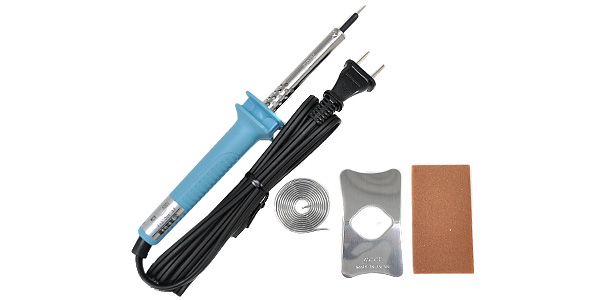
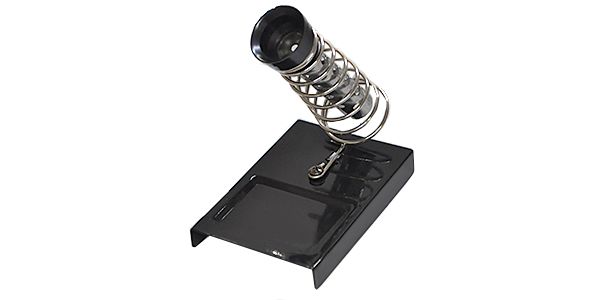
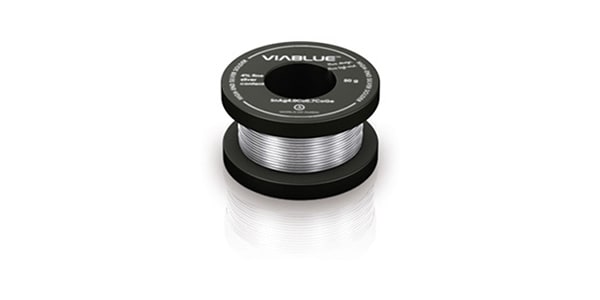
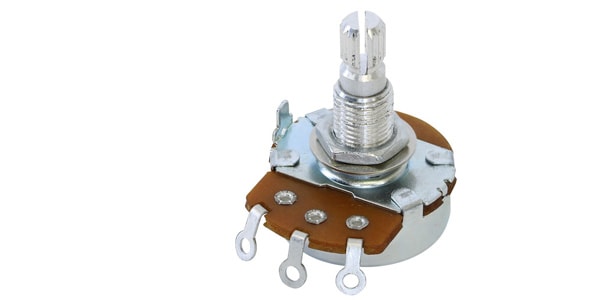

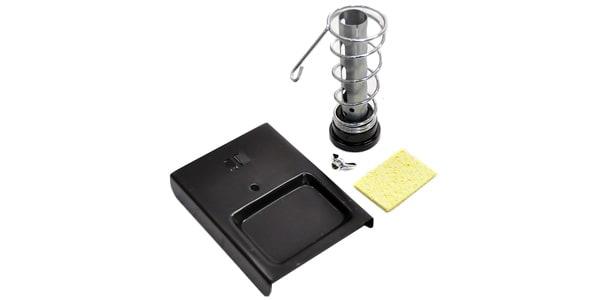








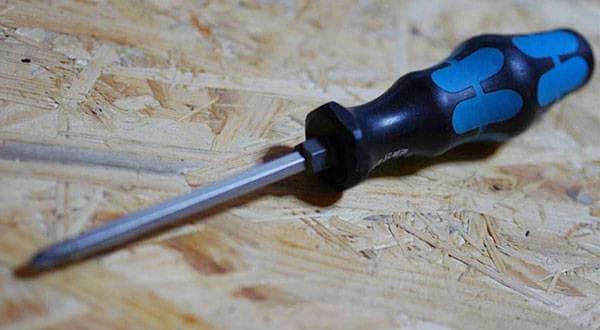
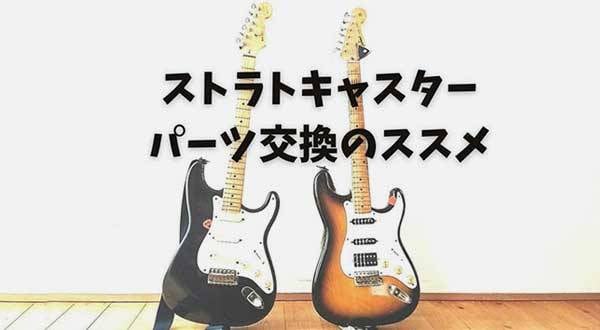
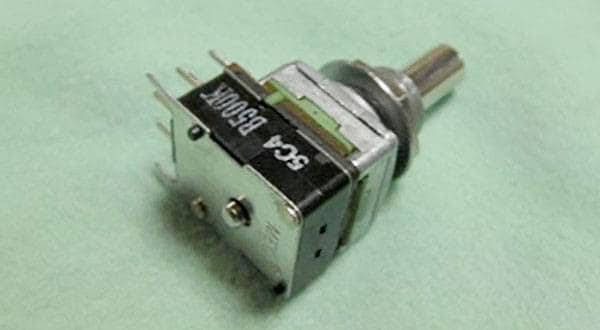
![[Guitar DIY] Surprisingly easy! Peg button replacement](/contents/uploads/thumbs/5/2020/6/20200612_5_10324_1.jpg)
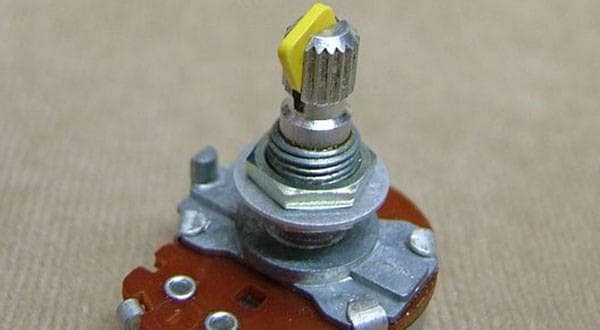
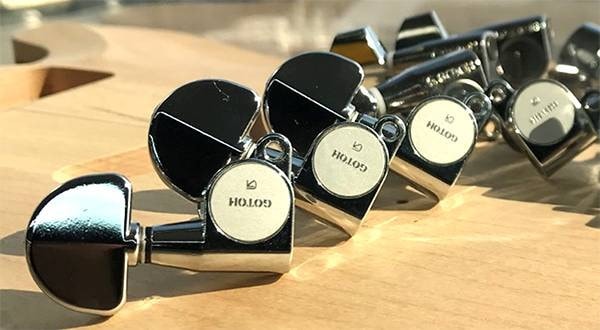
 DIY ギターメンテナンス
DIY ギターメンテナンス
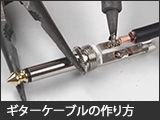 ギターケーブルの作り方
ギターケーブルの作り方
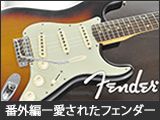 愛されたフェンダーギターたち
愛されたフェンダーギターたち
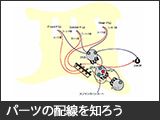 パーツの配線を知ろう
パーツの配線を知ろう
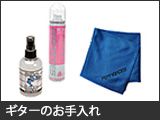 ギターのお手入れ
ギターのお手入れ
 ギター名人ラボ
ギター名人ラボ















